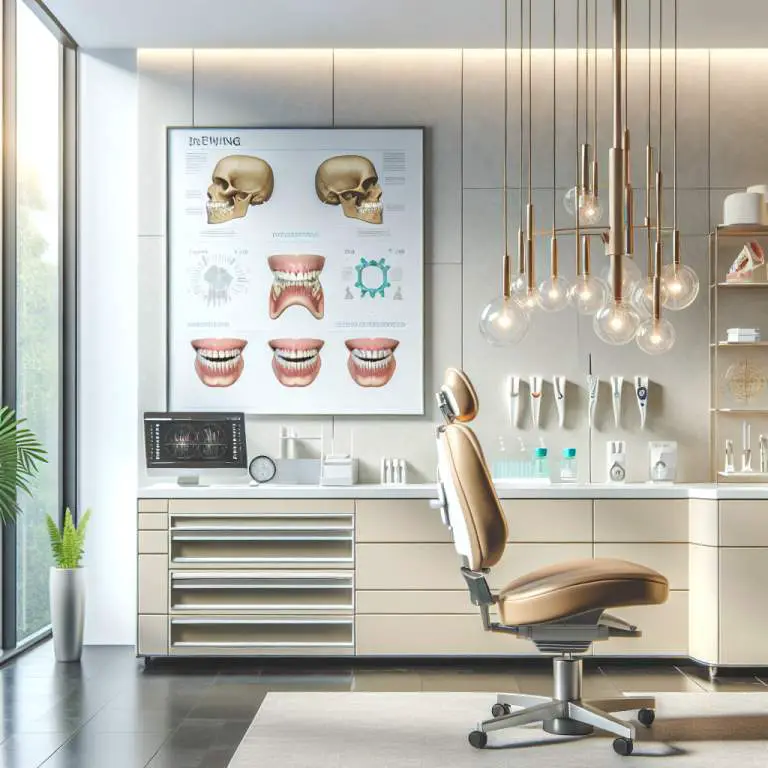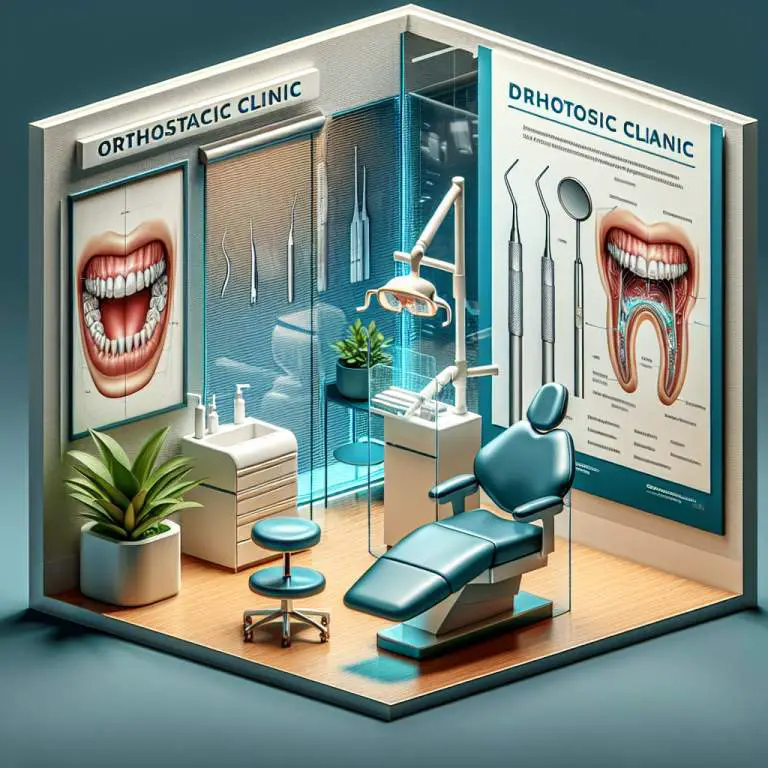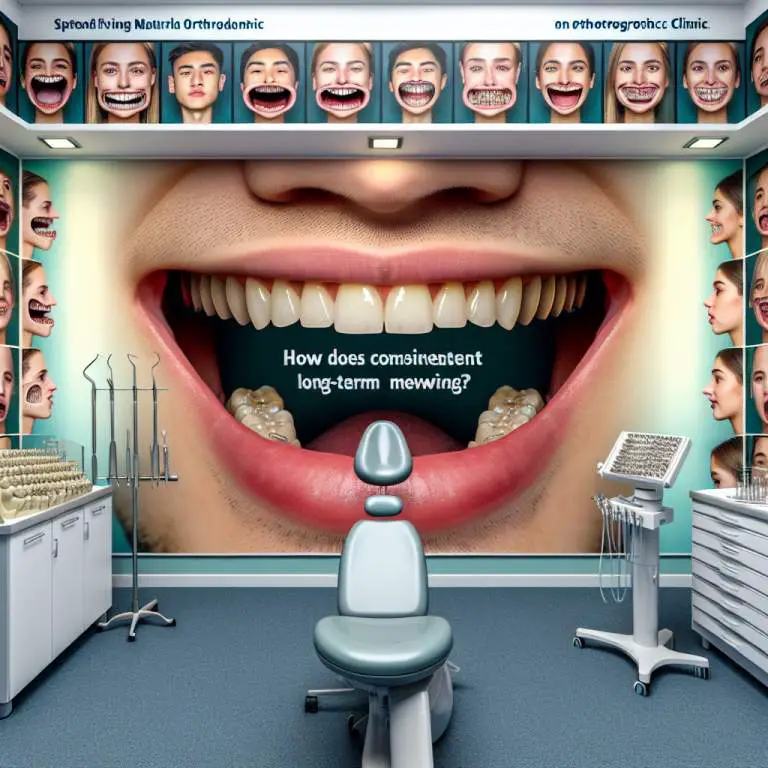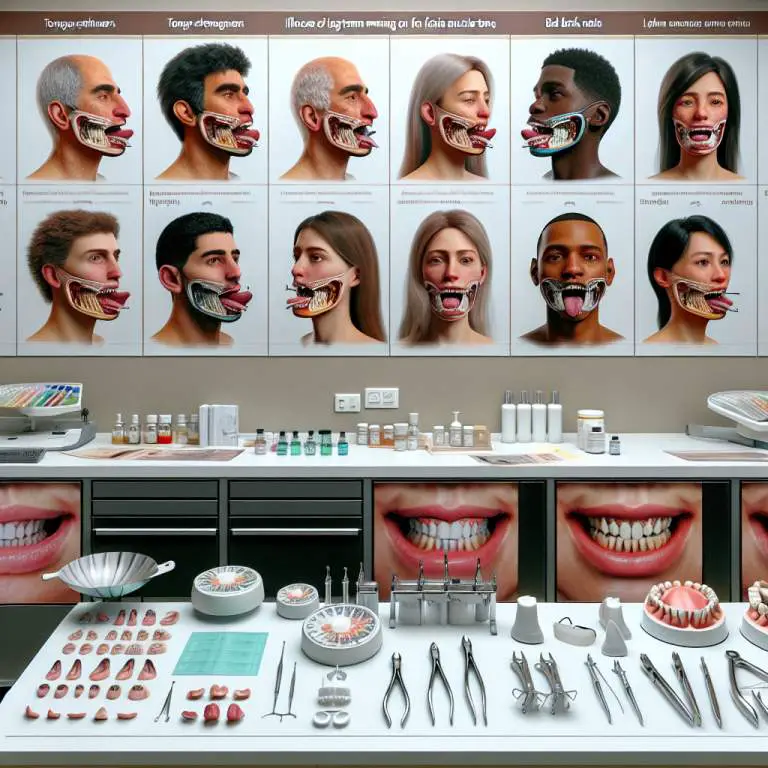How does mewing affect aging and the appearance of aging over time?
Mewing, a technique that involves proper tongue posture, can influence facial aging over time. By consistently practicing mewing, individuals may experience a more defined jawline and improved facial structure. This can lead to a youthful appearance as it helps in maintaining the skin’s elasticity and reducing sagging. Therefore, mewing might be beneficial for those looking into anti-aging solutions.
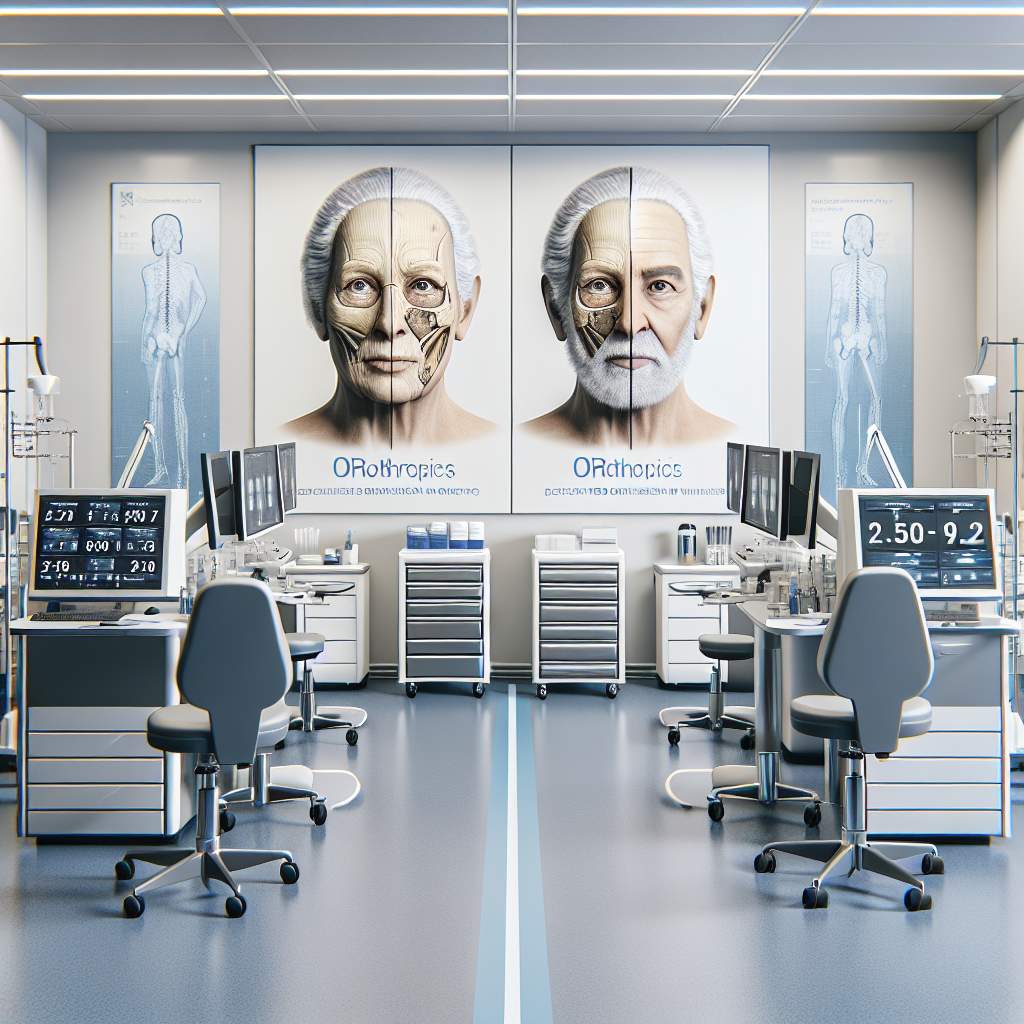
How Does Mewing Influence Facial Structure Over Time?
Mewing is a technique that involves placing your tongue against the roof of your mouth. This position is supposed to help shape the bones in your face as you grow older. People say that if you keep doing it, it can change how your face looks over time.
When you mew, you’re using muscles in a way they’re not used to. This can make the muscles stronger and might even make your face look different after a while. Some folks believe that this can lead to a more defined facial structure, especially around the jawline and cheekbones.
What Are the Potential Anti-Aging Benefits of Mewing?
Mewing could possibly slow down some signs of aging on your face. Since it works on making facial muscles stronger and more toned, it might help keep your skin looking firm and youthful. Think of it like exercise but for your face.
Also, because mewing encourages good posture and proper tongue placement, it could improve blood flow to your face. Better blood flow means more oxygen and nutrients for your skin, which might help reduce wrinkles and give you a healthy glow.
Can Mewing Improve Skin Tightness and Elasticity?
Yes, mewing might help with making your skin tighter and more elastic. The idea is that by regularly practicing this technique, you’re not only working out the muscles underneath but also potentially benefiting the skin itself. Stronger muscles can lead to tighter skin.
Besides, when you have better muscle tone from mewing, it could prevent sagging. Sagging happens as we get older because our skin loses its elasticity. So, keeping those muscles in shape might keep the skin tight too.
How Does Mewing Affect Jawline Definition With Age?
As people age, their jawline can start to look less defined due to changes in bone density and muscle strength. Mewing is thought to counteract this by providing constant pressure on the jawline through correct tongue posture. This pressure may encourage a sharper jawline as one gets older.
The continuous use of these specific facial muscles through mewing could potentially maintain or even enhance jawline definition over time. It’s like giving these areas a mini workout every day which could keep them looking more pronounced even as years pass.
| Aspect | Effect of Consistent Mewing | Explanation |
|---|---|---|
| Jawline Definition | Potential Improvement | Mewing can help in defining the jawline by promoting proper tongue posture, which may lead to a more youthful appearance. |
| Skin Tightness | Varies | Improved blood flow and lymphatic drainage from correct posture might enhance skin tightness and elasticity over time. |
| Nasolabial Folds | Possible Reduction | Proper jaw and tongue positioning could potentially reduce the depth of nasolabial folds, contributing to a younger look. |
| Cheekbone Definition | Potential Enhancement | Mewing may promote better cheekbone definition by encouraging correct facial muscle use and alignment. |
| Neck Posture and Appearance | Possible Improvement | Better neck posture from mewing can lead to a more elongated neck appearance, often associated with youthfulness. |
| Overall Facial Symmetry | Potential Improvement | Consistent mewing encourages balanced muscle tone, which can improve overall facial symmetry over time. |
Is There Scientific Evidence Supporting Mewing as an Anti-Aging Technique?
When it comes to mewing and its anti-aging effects, the scientific community is still exploring. Some studies suggest that proper tongue posture can influence facial structure. However, direct evidence linking mewing to anti-aging benefits is limited.
Experts in orthodontics and facial aesthetics are conducting research. They aim to understand how mewing might affect skin tightness and elasticity over time. But for now, conclusive scientific support for mewing as an anti-aging technique is not strong.
How Long Does It Take to See Results from Mewing in Terms of Aging?
The time it takes to see results from mewing can vary widely among individuals. Some people report noticing changes in a few months, while others may take years to see visible improvements. The process is slow and requires consistent effort.
Factors like age, genetics, and how correctly one practices mewing play a crucial role. Younger individuals might observe changes quicker due to their more pliable bone structure. Patience and persistence are key when using mewing for anti-aging purposes.
What Are the Best Practices for Effective Mewing for Anti-Aging Purposes?
To practice mewing effectively, maintaining the correct tongue posture is essential. The tongue should rest fully against the roof of the mouth, not just the tip. This position should be held as often as possible throughout the day.
Besides proper tongue placement, incorporating facial exercises may enhance results. Staying hydrated and maintaining overall health also contribute to the effectiveness of mewing for anti-aging. Consulting with a professional can provide personalized guidance tailored to individual needs.
Final Thoughts
Mewing has gained attention as a potential natural method for improving facial aesthetics and possibly offering anti-aging benefits. While anecdotal evidence exists, scientific research on its effectiveness is still evolving.
For those interested in trying mewing for anti-aging, understanding that results may take time is important. Combining best practices with patience could potentially lead to noticeable improvements in facial structure and skin quality over time.

